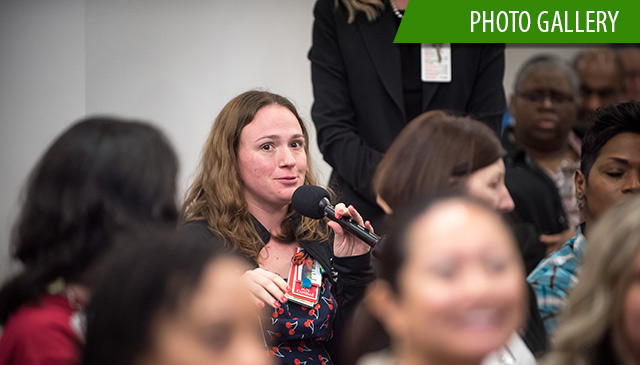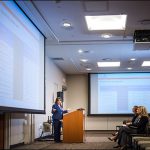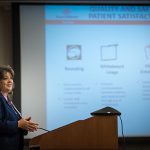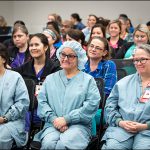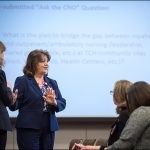On March 7, The Walt Disney Company’s Chairman and Chief Executive Officer Robert Iger announced an innovative plan that will dedicate more than $100 million to bring comfort to children and their families in hospitals across the globe, beginning right here at Texas Children’s.
During a special media event held in the lobby of Texas Children’s Legacy Tower, Iger and Texas Children’s President and CEO Mark A. Wallace shared this exciting announcement and partnership with employees and several members of the hospital’s executive leadership team.
This patient-focused initiative will roll out over five years, expanding the Company’s rich legacy of supporting children’s hospitals, which dates back to Walt Disney.
“Disney’s timeless stories have touched hearts and lifted spirits for generations, and we believe they can bring comfort to children and families going through a very difficult time,” Iger said. “Using the powerful combination of our beloved characters and legendary creativity, we’re planning to transform the patient experience in children’s hospitals around the world – creating a personalized and engaging atmosphere that will inspire young patients and ease the stress of a hospital stay.”
Leveraging its renowned “Imagineers” – the global experts in theme park and family entertainment design – the company plans to introduce a rich array of distinctly “Disney” elements into children’s hospitals. Concepts for these elements include:
- A new RFID-based system allowing patients to customize their hospital visit by choosing their favorite Disney stories and characters, which will surround them during their stay. The system will unlock special elements to further personalize and enhance the experience, such as “enchanted” artwork that comes alive.
- Themed treatment and patient rooms featuring interactive murals of Disney stories, bed linens and gowns featuring each child’s favorite characters, and personalized in-room entertainment. Additionally, well stocked mobile “play carts” will include Disney-themed games and activities to give families something to do together to help alleviate stress and boredom.
- Disney first-run movies and television shows, available in-room and in themed pop up movie theaters in the hospital, and other Disney entertainment options.
- Disney customer-experience training for doctors, nurses and staff. The renowned Disney Institute, a part of The Walt Disney Company that provides professional development training focused on leadership, employee engagement and high-quality service, will create a customized program for health care professionals designed to foster a less stressful, patient and family-centric hospital experience.
View a photo gallery below.
“We are honored to be the inaugural hospital to collaborate with Disney on this exciting patient-focused initiative,” Wallace said. “Patient care is at the center of our mission, and in addition to providing the highest-quality medical care to children, we strive to make the hospital experience as enjoyable and stress-free as possible for every patient and their family. We are looking forward to working with Disney to enhance our efforts in this area.”
Disney is working with a panel of medical experts, including doctors, nurses, hospital administrators, parents and child life professionals from around the world to advise on the best ways Disney can help hospitals – like Texas Children’s – create a more personalized and comforting experience for patients and families.
Following this big announcement, Wallace presented Iger with a colorful illustration of the first Texas Children’s Hospital building dating back to 1952 which was commissioned by Walt Disney himself. This gift symbolized the hospital’s continued collaboration with Disney.
Wallace also gave Iger a tour of Texas Children’s Legacy Tower and patients and their families enjoyed a Disney character party in The Zone featuring Mickey Mouse, Mr. and Mrs. Incredible and Black Panther.


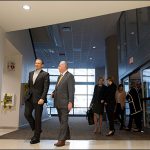

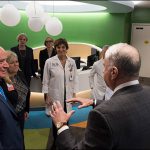
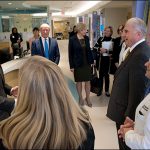
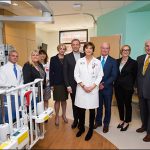
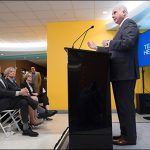
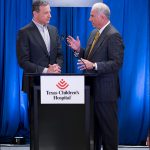




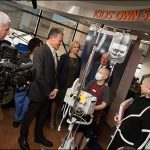



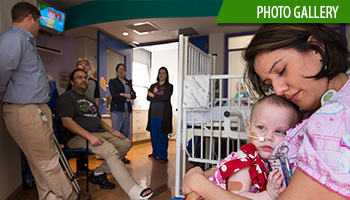 Less than two months after being separated from her sister Hope in a seven-hour surgery at Texas Children’s Hospital, Anna Grace Richards got to go home.
Less than two months after being separated from her sister Hope in a seven-hour surgery at Texas Children’s Hospital, Anna Grace Richards got to go home.




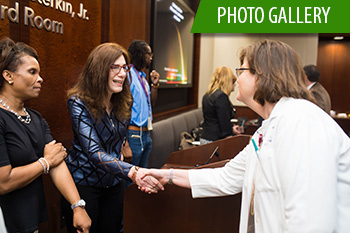 Recently, Texas Children’s executives and employees welcomed Judy Faulkner, CEO and founder of Epic Systems. Faulkner walked the group through a timeline of successes and innovations that have resulted from Texas Children’s 10-year partnership with Epic.
Recently, Texas Children’s executives and employees welcomed Judy Faulkner, CEO and founder of Epic Systems. Faulkner walked the group through a timeline of successes and innovations that have resulted from Texas Children’s 10-year partnership with Epic.
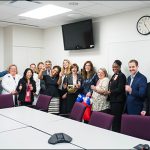
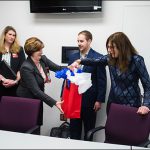
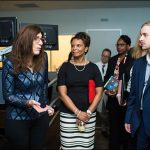



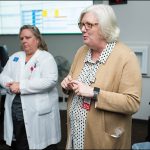




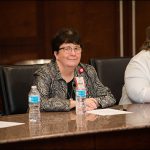
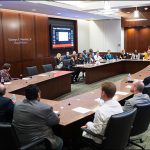

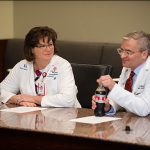




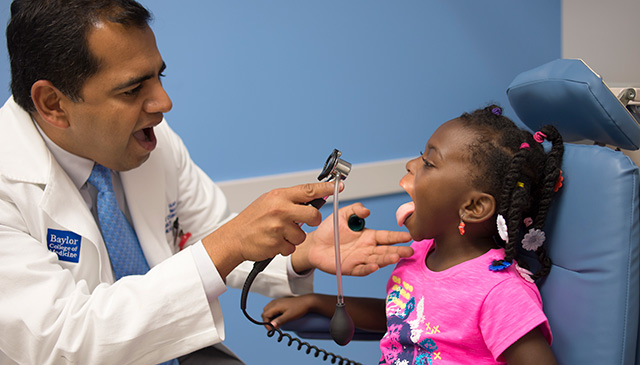
 On March 1, close to 340 golfers played colorfully and raised more than $500,000 at the 20th annual Bad Pants Open golf tournament at the Clubs of Kingwood, benefitting Texas Children’s Newborn Center.
On March 1, close to 340 golfers played colorfully and raised more than $500,000 at the 20th annual Bad Pants Open golf tournament at the Clubs of Kingwood, benefitting Texas Children’s Newborn Center.
















